If a tree is planted, does it make a difference? These forest builders say yes
Despite myriad challenges, these small initiatives are changing the landscape
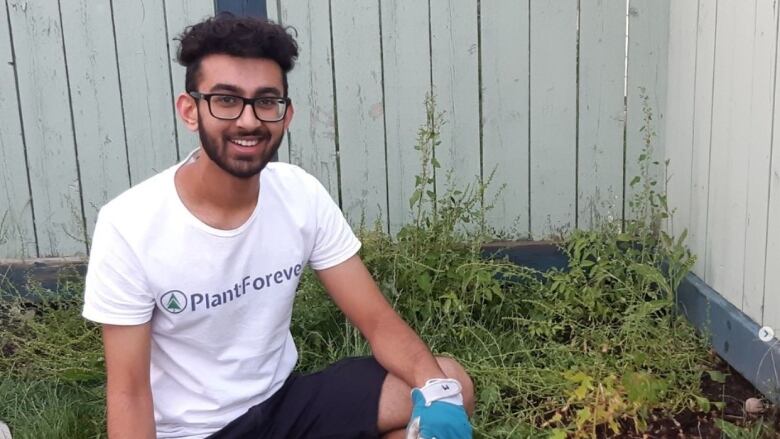

Compared to the federal government's goal of planting two billion trees, a local non-profit likePlantForevermight seem like a single leaf in the wind.
But to founding president Marmik Patel, the work is about more than sheer numbers. It's about bringing green space back to concrete junglesand helping build connections between city slickers and nature.
PlantForeveris a student-led initiativefounded in 2017. Homeowners in Edmonton and Saskatoon can register with the group to plant trees on their propertyin exchange for a minimum donation of $10 per tree and the first tree is free.
"The ideal outcome is to see every major city with a big tree canopy percentage, have opportunities for parks and trees at homes and public property, and not feel that disconnect that we see in many major cities where it's just concrete and roads and not enough nature," Patel, a 21-year-old computer science student at the University of Saskatchewan, told CBC's What on Earth.
The federal government is continuing its work to plant two billion trees by 2031,despite comments from Canada's environmental watchdog earlier this year stating that Ottawa was using "creative accounting" to claim it was exceeding its targets.
What on Earth spoke to people who are passionately dedicated to their tree-planting missions and learned about some of thescientific and bureaucratic challenges they're experiencing along the way.
More of the other green (money)
PlantForever faces two major challenges, according to Patel: storage and funding.
"For Edmonton, we [had] over 500 trees this season," he said in an interview earlier this summer."It's pretty difficult to fit that in one person's home."
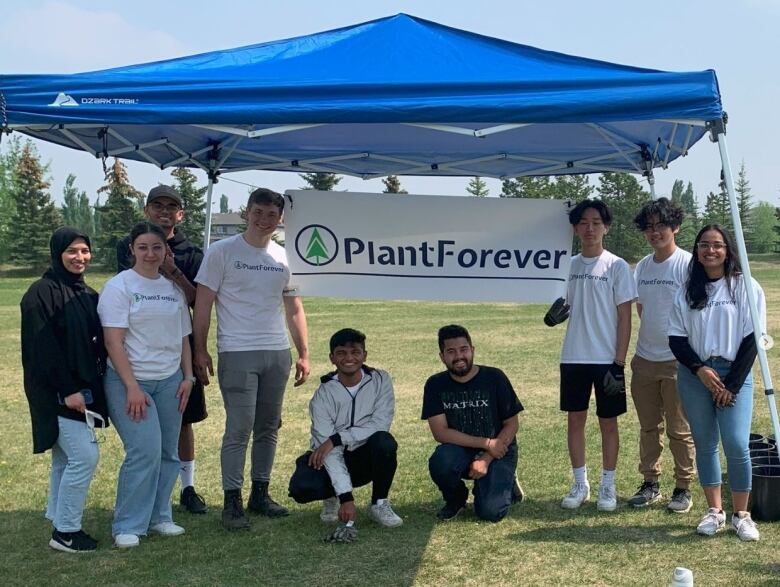
Some of his team membersoffered space at their homes to store trees awaiting planting. Ideally, Patel would like to findsomeone who could lend the use of a larger acreage while they do their work.
Patel would also like to access income streamsbeyond what the donations bring in.
PlantForever isn't a big enough operation it's described online as an 11-person team with 50 volunteers to qualify for federal funding under the 2 Billion Trees (2BT) program.That requires a minimum of 10,000 trees planted per year.
Patel said he hopes to register the group as a charity so it can qualify forfunding not normally available to non-profits.
A few hundred trees may not sound like a lot in the big picturebut it is "awesome" and "hugely, hugely important," said David Wallis, reforestation policy and campaign manager for Nature Canada, an Ottawa-based environmental advocacy organization.
"Most land in urban and suburban areas is privately owned, and those pieces of land need to be part of the solution to solving the biodiversity crisis," he said. It's a major step up fromlawns,which he said "do nothing for biodiversity" and are more akin to "big green deserts."
2 million trees in Edmonton
The City of Edmonton is busy with its own tree-planting initiatives.
In 2020,it set the goal of planting two million new trees by 2050. Earlier this spring, it updated the target, statingit now intends to reach that goal by 2030.
"Planting two million trees is definitely a lofty goal so the teams working on this, I think, have felt overwhelmed in the past," said Nicole Fraser of Edmonton's parks and roads department.
"But lately, I think people have been more excited."
Since that goal was set, they've planted 5,164 trees in boulevards and open spaces and planted trees across 33 hectares in naturalization a process of reintroducing biodiversity like trees, shrubs and flowers native to an area, she said.
That only makes up part of the picture, though, she said. About 3,000 trees die yearly in Edmonton, victims ofdrought, severe cold, wind or vehicle pollution. Much of city'splanting work is meant to cover that lost ground.
It hasn't always been easy to keep up.
In the 10 years between 2000 and 2009 a period that includes some of the driest years in Edmonton history city estimates state it lost almost 42,000 trees but was only able to replace15,560.
"If you don't maintain your current forest canopy, then you can't grow it," she said.
Forests of the future
In 2017, nearly 40,000 people in B.C. were evacuated from their homes because of wildfires. The largest community affected was Williams Lake, a citywith just over10,000 people.
According to Chief Willie Sellers from the nearby Williams Lake First Nation, hundreds of thousands of cubic metres of timber in the surrounding forests either partially burnedor "burned to a crisp."
In the wake of the fires, there was a massive operation to salvage usable timber, followed by replanting the land to hopefully ensure its future ecological health and resilience, even in the face of extreme weather that is expected to get worse.
"Now, moving forward into the future it's:'Well, what are we doing on the silviculture side to make sure that we do have that natural resource still available to us for future generations?'" said Sellers.
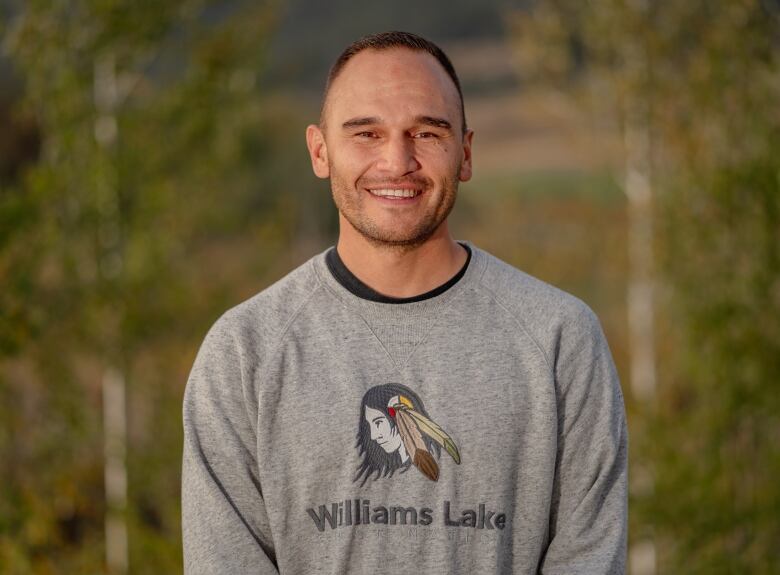
Silviculture is the science ofsustainable ecosystem management in forests by controlling their establishment, growth, composition and health to meet different needs and objectives.
Brad Pinno, an associate professor at the University of Alberta and a silviculture expert whose research focuses on western boreal forests,says climate change has made it more complicated to thinkabout the long-term health of trees.
"In the past we've often said local trees are usually the best trees to be planting. They're more adapted to the growing conditions, the climate, the soil environments, things like that," he said.
"But now we have to be thinking if we're going to be having these trees on our landscape for the next 50 to 100 years, perhaps they have to be ready for the future climate as well."
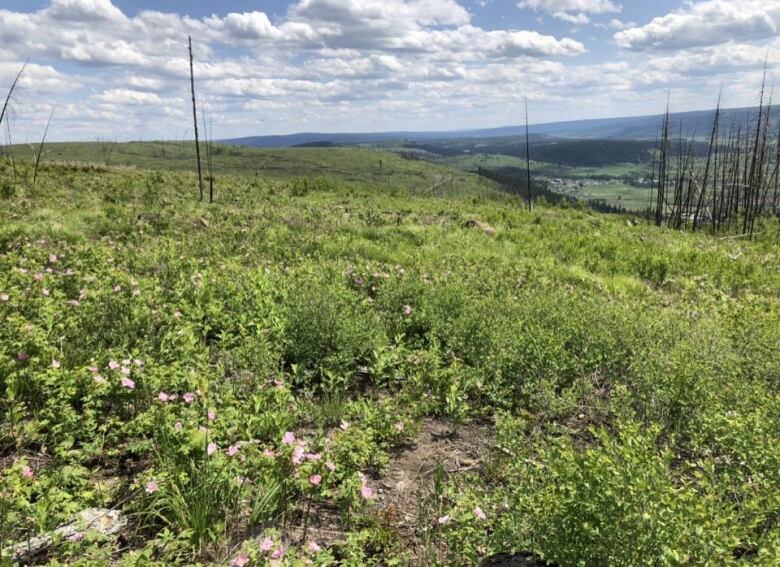
Williams Lake planted 426,000 trees in 2022, with the goal of planting another 400,000 in 2023 and 300,000 in 2024, according to John Walker, stewardship forester for Williams Lake First Nation.
"It actually took a little over two weeks to plant 426,000 trees. The biggest challenge with this project is how hard it is to grow a tree in this area; that's more difficult than I thought," said Walker.
Some parts of the area surrounding Williams Lake saw nearly 90 per cent tree mortality during the winter season, he said.
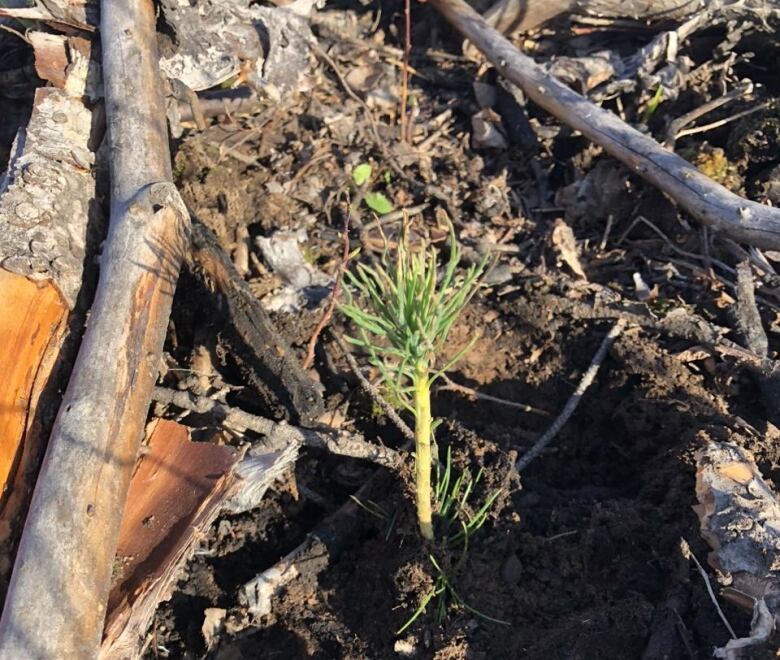
According to Sellers, planting trees is a part of respecting the landand Indigenous culture.
"Being stewards of the land is something that needs to be incorporated in the day-to-day of the modern world around forestry practices," he said.
"Being stewards of not only the land, but of the climate and environment that we all live in and are able to celebrate."
Audio produced by Tanara McLean














_(720p).jpg)


 OFFICIAL HD MUSIC VIDEO.jpg)
.jpg)



























































































